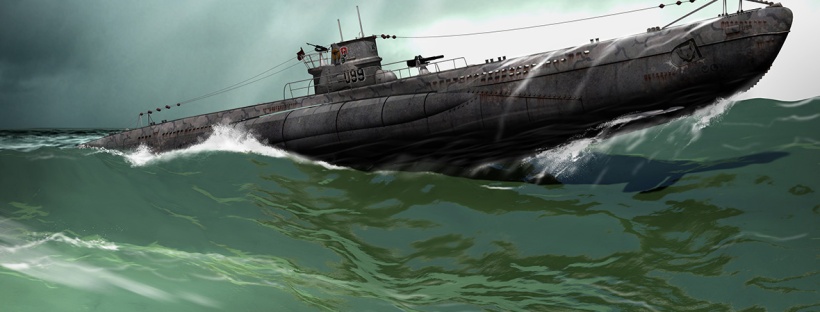Due to its vulnerability to hurricanes and flooding, much punditry has been devoted to the idea that New Orleans shouldn’t exist. Despite being a 300-year-old city in the ranks of several important, much older cities worldwide also built below sea level and far from the only American city vulnerable to hurricanes, some consider New Orleanians irresponsible for living where they do. Why on earth was the city put there in the first place?
There is a very good reason that New Orleans and its surrounding communities were built where they were and where they remain today. The mouth of the Mississippi is one of the most important trade points and one of the most militarily vulnerable areas on the continent. Its ownership was hotly contested as soon as Europeans knew it existed. Own the Mississippi, and you could carve the nation in half. Ambitions to control it were enough to nearly shatter the fledgling United States right after the Revolutionary War. At the time of World War II, it still looked like an inviting chink in American armor to the Axis powers.










You must be logged in to post a comment.